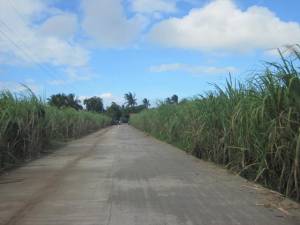This is the first in a three-part series about small- and medium-sized enterprises
In March of 2008, James Surowiecki wrote an article for the New Yorker, titled “What Microloans Miss,” that suggests that the disproportionate amount of attention given to microfinance has steered funding away from other avenues for development. A year and a half later, the Boston Globe included a piece on two recent studies on microfinance questioning its efficacy, titled “Small Change.” Both articles revolve around the same central premise: microfinance, while effective at relieving some of the burdens of day-to-day living, does not create jobs. It is rare that a microbusiness receiving a loan has paid employees. In other words, microloans allow women to start a business, but more independent businesses do not help to alleviate poverty on a macro (national) scale. Small- and medium-sized enterprises (SMEs), according to Surowiecki, are the engines of development. Here he discusses what considers to be the problem of the cult of microfinance:
Both socially and economically, microloans do a lot of good, working what Boudreaux and Cowen call “Micromagic.” But the overselling of their promise has made us neglect the enterprises that could be real engines of macromagic. The cult of the entrepreneur that the microfinance boom has helped foster is understandably appealing. But thinking that everyone is, and should be, an entrepreneur leads us to underrate the virtues of larger businesses and of the income that a steady job can provide. To be sure, for some people the best route out of poverty will be a bank loan. But for most it’s going to be something much simpler: a regular paycheck.
The benefits of increasing support for SMEs in a country are real and quantifiable. Consolidation into the formal sector provides more people with steady jobs and offers workers better health and wage benefits, disability, pensions, etc. These businesses help to reduce the size of black markets and generate taxable income. What’s more, a majority of microentrepreneurs would prefer a steady paycheck with job security to their current situation. I don’t disagree with the idea that vehicles of mass production – a factory, or a plant, or a farm – create strong upward momentum for poorer people without employment. But every country has a different profile, and the success of the development approach depends on the different strategies of development.








